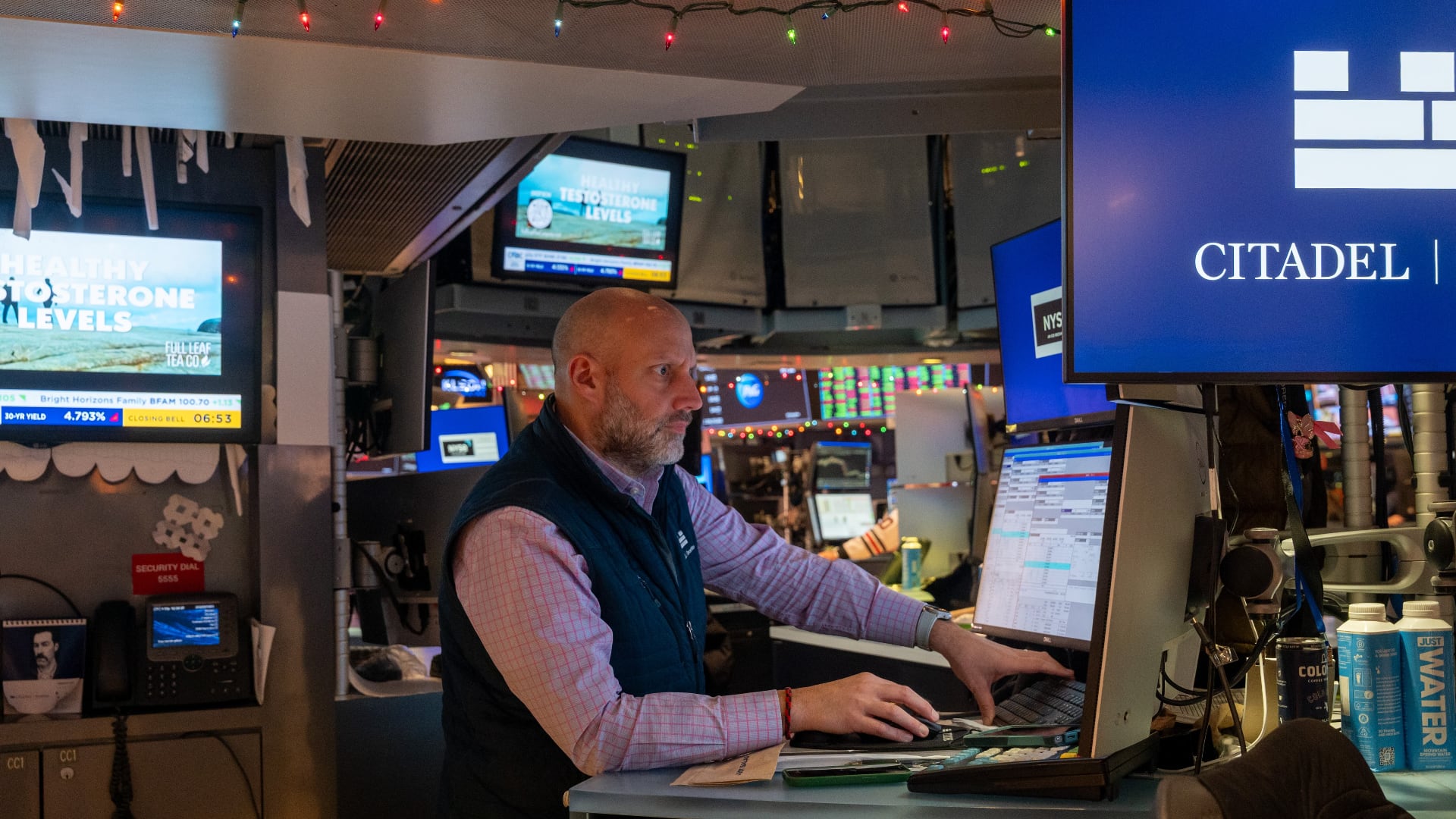Americans have socked away trillions of dollars in extra savings since the beginning of the pandemic, and some experts and economists believe all this thriftiness could mean a spending boom in the near future.
One proponent of this view is Jim Paulsen, the chief investment strategist for Leuthold Group LLC, who in a note to clients earlier this month called the extra savings a "growth bomb waiting to explode." The economy didn't so much need fuel, he added, as someone to light the fuse.
Tim Duy, senior director of the Oregon Economic Forum at the University of Oregon and author of the popular Fed Watch blog, echoed this sentiment in a recent Bloomberg opinion piece where he argued that "sooner or later" that money is going to reenter the economy.
Of course, the prospect of a sudden tidal wave of spending is a tempting narrative, given the uneven economic recovery and the uncertain course of the pandemic itself, which is now surging across the country.
But the implications of a higher savings rate are more complicated than just: more savings now equals more spending later. Who is saving and why also impacts how the two variables relate in the broader economy, according to Gregory Daco, chief U.S. economist at Oxford Economics.
"We have to be very careful with that assumption, despite what some other commentators might have said," Daco told Cheddar. "In general, if you look at who has the savings, and typically what they do with it, there is quite a significant downside risk to consumer spending going forward."
Savings Boom
The personal savings rate, which tracks savings as a percentage of disposable income, peaked at 33 percent in April, or $4.69 trillion annualized in the second quarter, according to the U.S. Bureau of Economic Analysis.
The rate has since leveled off to roughly 14 percent for the last few months, but this is still much higher than the average rate in recent years, which has floated between 6 and 8 percent since 2015.
What was behind the uptick? On the one hand, lockdowns meant spending was constrained, particularly spending on services, leading to more savings; on the other, jobs, wages, and hours worked plummeted.
The latter should have had a negative impact on savings, but due to federal stimulus and unemployment benefits, personal consumption expenditures actually increased during the pandemic.
"In a sense, people were fearful, and people were constrained in their ability to spend," Daco said. "At the same time, there was a significant reduction in employment, wages, and in hours worked. All of those constrained overall compensation, but the government intervened quite rapidly, at least from a historical perspective."
Yet, much of this stimulus actually went right back into the economy.
Who's Spending What
A report from JPMorgan Chase in August estimated that for every $1 of unemployment benefits, workers spent 73 cents. It also suggested that spending would be in the negative — below Great Recession levels — if not for the supplemental $600 per week added to unemployment benefits.
Daco said this suggests that lower-income people are spending much of what they receive in the way of stimulus, while higher earners are doing most of the saving.
Indeed, a survey in August from the Pew Research Center found that 33 percent of all adults have dipped into savings or retirement funds to make ends meet. Accounting for income, 44 percent of lower income earners tapped into their savings, compared to 16 percent of higher income earners.
This is important, Daco said, because higher earners use their money differently. More of their savings end up being funneled into wealth rather than spending. In other words, there may be more spending in the aftermath of the pandemic, but even higher earners can't be expected to double up on their regular spending. So maybe one extra vacation next year, but not necessarily two or three.
"You're going to do more things," Daco said. "You may eat out a little bit more than you would have in normal times, but you're certainly not going to catch up for the entire nine months."



